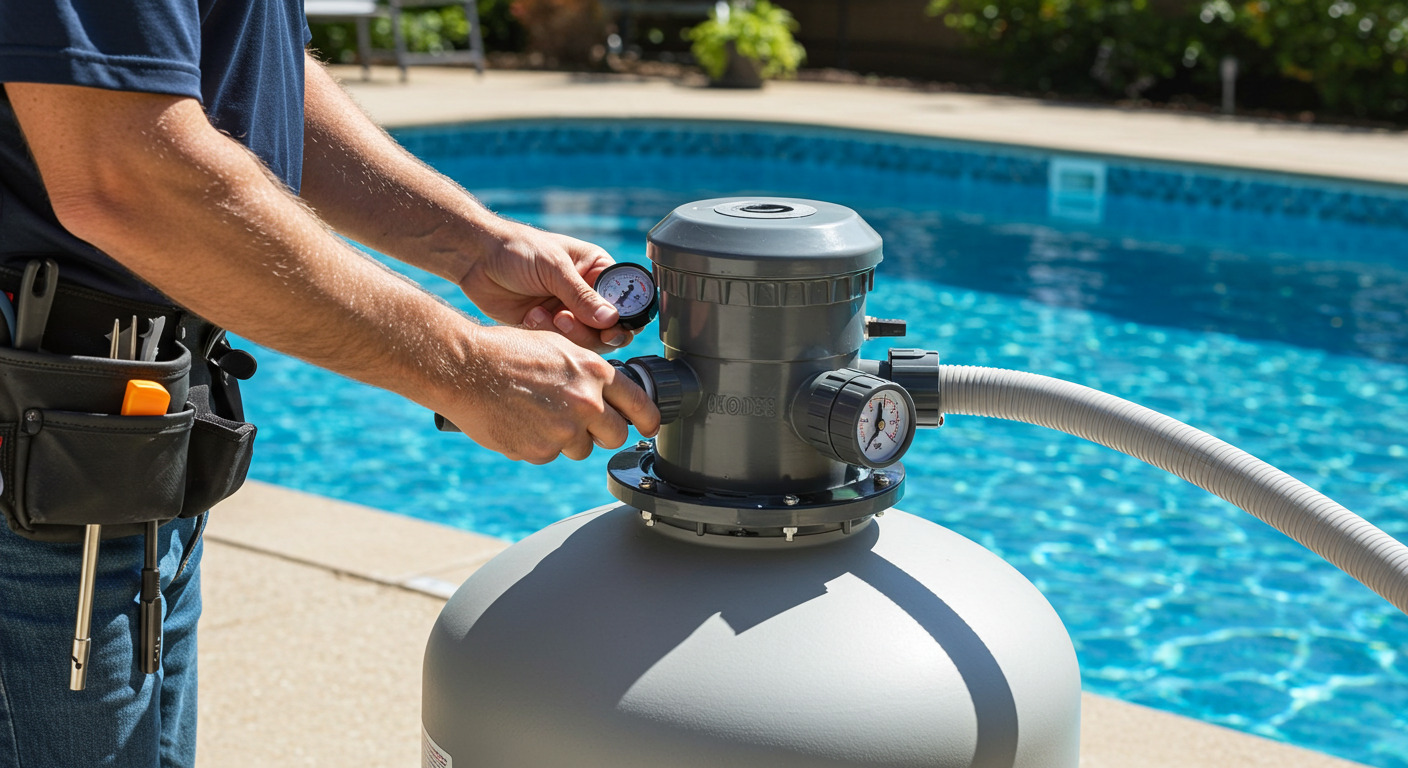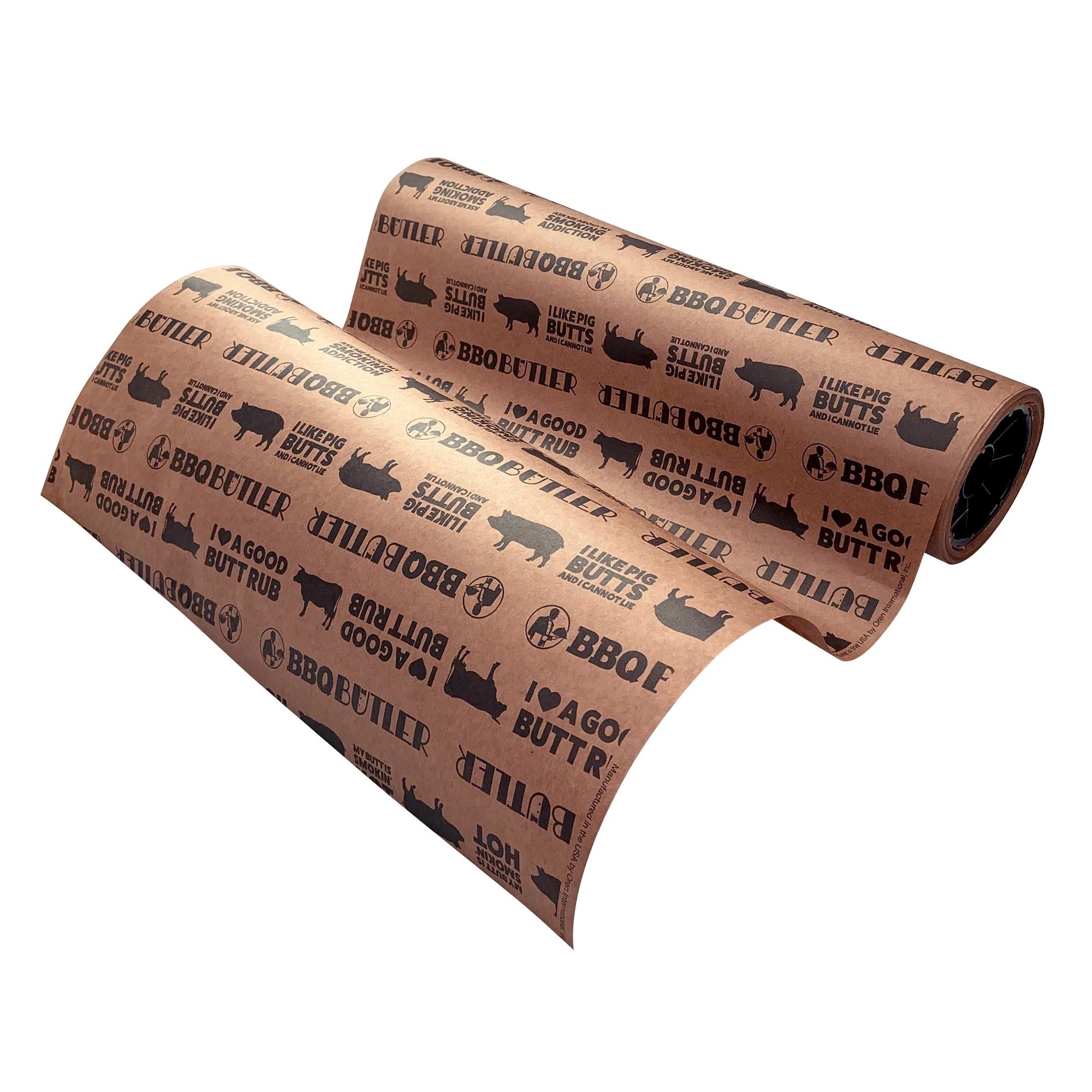Troubleshooting High Pressure in Your DE Pool Filter Post-Cleaning
Owning a pool is a joy, but dealing with high pressure in your DE pool filter after cleaning can be a headache. If your pressure gauge is spiking above 20–30 PSI or your pool water isn’t circulating properly, you’re likely facing a pool filter pressure issue. As a pool maintenance enthusiast with over 20 years of experience, I’ve tackled countless DE filter troubleshooting challenges. In this guide, I’ll walk you through why high pressure happens after cleaning, how to fix it, and how to prevent it—ensuring your pool filtration system runs smoothly.
Why Does High Pressure Occur in a DE Filter After Cleaning?
Diatomaceous earth (DE) filters are excellent for keeping pool water crystal-clear, but cleaning them can sometimes lead to elevated filter pressure. Here’s why:
-
Improper DE Powder Application: Adding too much or too little DE powder can clog or undercoat the filter grids, causing backpressure.
-
Clogged DE Filter Grids: Debris or calcium buildup may remain on the grids even after cleaning.
-
Valve Misalignment: A misaligned multiport valve can restrict water flow, spiking pressure.
-
Air Leaks: Air in the pool pump or filter tank can disrupt circulation, increasing pressure.
-
Blocked Return Lines: Debris or scaling in the return lines can obstruct water flow.
-
Worn Components: Damaged O-rings, gaskets, or a faulty pressure gauge can cause inaccurate readings or flow issues.
Understanding these causes is the first step to effective pool equipment troubleshooting. Let’s dive into the solutions.
Step-by-Step Guide to Troubleshoot High Pressure in Your DE Filter?
Follow these steps to diagnose and fix high pressure in your DE pool filter. Always turn off the pool pump before starting to ensure safety.
1. Check the Pressure Gauge:
A faulty pressure gauge can give false high readings. Inspect it for damage or debris. Tap gently to see if the needle moves erratically. If suspect, replace it with a new gauge (typically $10–$20). Normal pressure for most DE filters is 10–20 PSI; anything above 30 PSI signals a problem.
2. Inspect DE Powder Application:
After cleaning, you need to reapply DE powder to coat the filter grids. Too much powder clogs the system, while too little reduces filtration efficiency, causing pressure buildup. Use the manufacturer’s recommended amount—usually 1 pound of DE powder per 10 square feet of filter area. For example, a 48-square-foot filter needs about 4.8 pounds. Mix the powder with water to form a slurry, then add it through the skimmer basket with the pump running.
3. Examine the Filter Grids:
Clogged DE filter grids are a common culprit. Even after cleaning, grease, sunscreen, or calcium buildup can linger. Remove the grids and inspect them for tears, warping, or residue. Soak them in a filter cleaner solution (available at pool supply stores) for 4–6 hours, then rinse thoroughly. Replace any damaged grids to restore proper filtration.
4. Verify Multiport Valve Settings:
The multiport valve controls water flow in your pool filtration system. After cleaning, ensure it’s set to “Filter” mode. A misaligned valve (e.g., set to “Closed” or “Backwash”) can cause filter backpressure. Rotate the valve handle to the correct setting and check for leaks around the valve body.
5. Check for Air Leaks:
Air in the system can reduce water flow, increasing pressure. Look for bubbles in the pool pump strainer basket or at the return jets. Common air leak sources include:
-
Loose O-rings or gaskets in the pump or filter.
-
Cracks in the filter tank or pump lid.
-
A worn air relief valve. Tighten connections, replace damaged O-rings, or bleed air using the air relief valve on top of the filter.
6. Inspect Return Lines and Skimmer:
Blocked return lines or a clogged skimmer basket can restrict water flow, causing pool pump strain. Clear debris from the skimmer and check return lines for obstructions. If you have hard water, calcium buildup may be the issue. Use a pool-safe descaling agent to clean the lines.
7. Evaluate Pump Sizing:
An undersized pool pump can struggle to push water through the DE filter, leading to high pressure. Check your pump’s horsepower against the filter’s requirements. For example, a 48-square-foot DE filter typically needs a 1.5–2 HP pump. Consult a pool professional to confirm compatibility.
8. Test Water Chemistry:
Imbalanced pool water chemistry can contribute to filter system issues. High calcium hardness or algae growth can clog the filter. Test your water using a pool test kit and adjust pH (7.2–7.6), alkalinity (80–120 ppm), and calcium hardness (200–400 ppm). Shock the pool if algae is present.
Preventive Tips for DE Filter Maintenance:
To avoid high pressure in your pool filter in the future, follow these pool maintenance tips:
-
Backwash Regularly: Backwash your DE filter every 4–6 weeks or when the pressure rises 8–10 PSI above normal.
-
Clean Grids Annually: Deep-clean the filter grids with a professional cleaner to prevent buildup.
-
Monitor DE Powder Quality: Use high-quality diatomaceous earth to avoid clumping or clogging.
-
Check Equipment Monthly: Inspect O-rings, gaskets, and the pressure gauge for wear.
-
Maintain Water Chemistry: Test and balance your pool water weekly to prevent scaling or algae.
When to Call a Pool Professional:
If you’ve tried these steps and the pool filter pressure issue persists, it may be time to call a pool equipment repair specialist. Issues like a cracked filter tank, severe calcium buildup, or an incompatible pump require professional expertise. Search for “pool repair near me” or check your Google Business Profile for local experts with positive reviews.
Conclusion:
Troubleshooting high pressure in your DE pool filter post-cleaning doesn’t have to be overwhelming. By checking the pressure gauge, ensuring proper DE powder application, inspecting filter grids, and maintaining your pool circulation system, you can restore crystal-clear water and smooth operation. Regular pool maintenance and attention to pool water quality management will keep your DE filter running efficiently. Have a tip or question? Share it in the comments below or contact a local pool professional for expert help.





